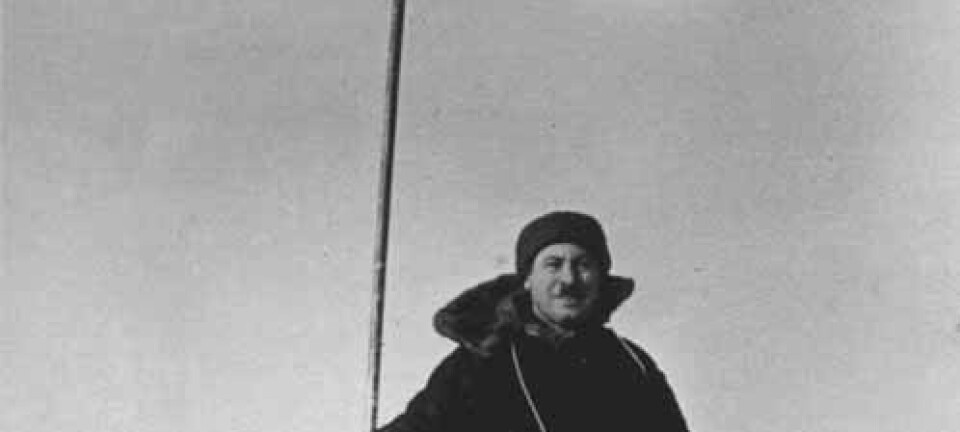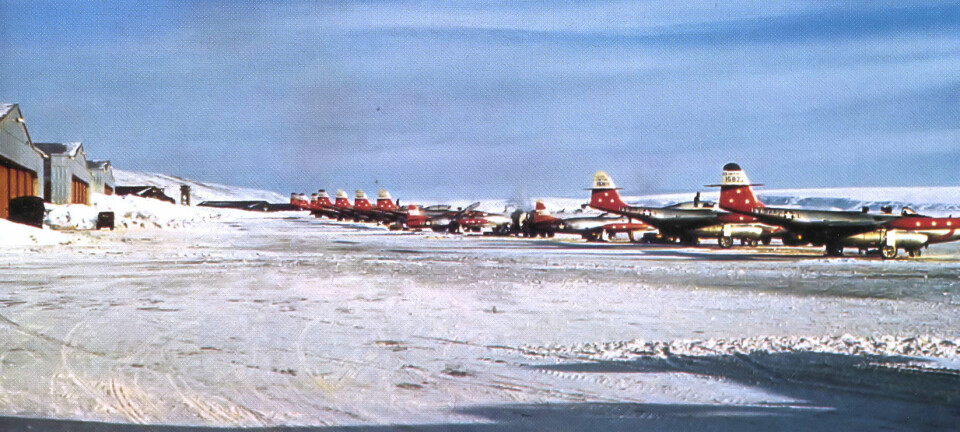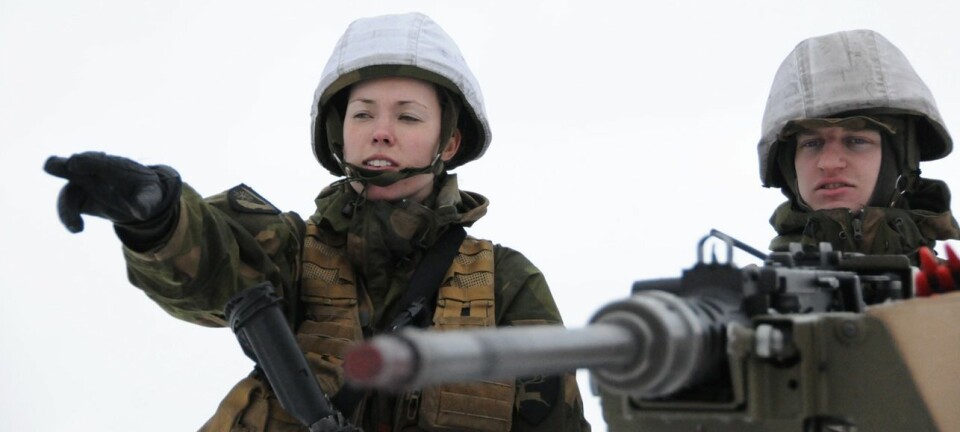
How the US built a mysterious military camp under the Greenland ice sheet
New book tackles the Cold War debacle over US military activities in Greenland.
In Copenhagen, 18 August 1959, a cocktail party is in full swing.
The Danish Minister for Foreign Affairs, Jens Otto Krag, is deep in conversation with the American Ambassador Val Peterson, but the conversation has just taken a turn. The ambassador has informed Krag that the question of establishing a US scientific military base, powered by a nuclear reactor under the Greenland ice sheet, had moved beyond the embassy’s control.
Eight years earlier, Denmark and the US had signed a formal agreement granting America the right to maintain military bases in Greenland—but only in strictly defined areas, such as Thule Air Base in Northwest Greenland. They still needed approval from the Danish authorities for all activities outside these defence areas.
In this case, they had gone ahead with construction of the camp outside of the designated areas, without Denmark’s approval as required by the 1951 Defence Agreement. It was, as Peterson described it, “a dreadful blunder” from the American’s side.
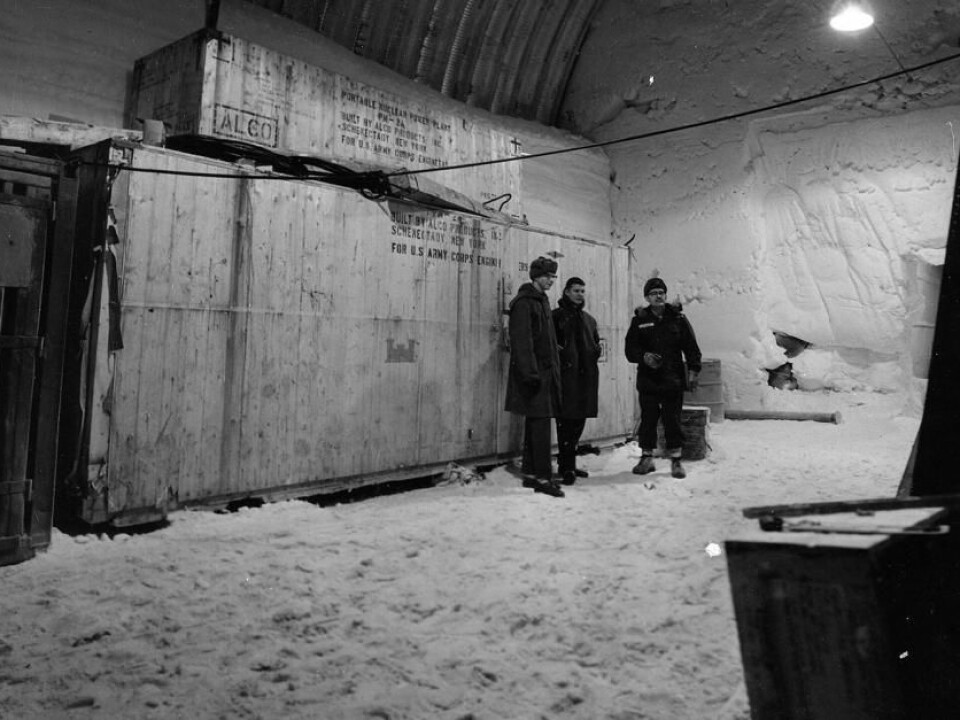
The application had been sent earlier that year, but contrary to custom, Denmark had yet to respond.
Impatient, the US Army had decided to go ahead and construction was already under way. Peterson now asked Krag whether they could “hurry the case along.”
Read More: Denmark’s Cold War struggle for scientific control of Greenland
A nuclear reactor under the Greenland ice sheet
A nuclear reactor installed in an American military camp under the ice? And the work had begun without Danish approval! This was dangerous news for the government and civil service in Copenhagen. And nobody knew the full extent of the story.
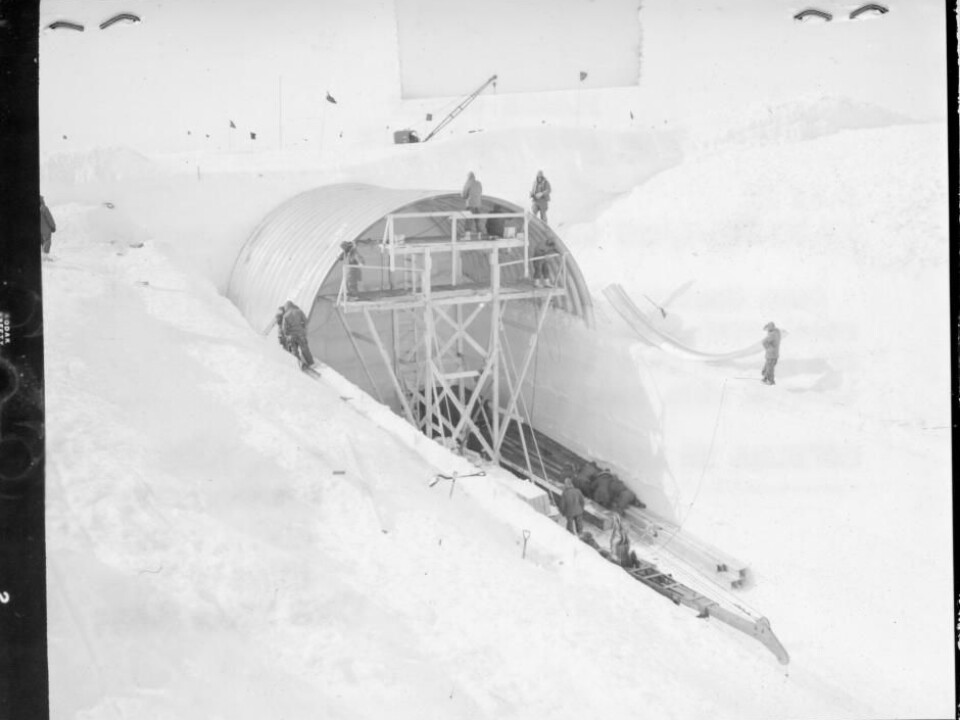
Krag had of course sought to question Peterson closely on the size and purpose of the nuclear reactor, but Peterson had not offered many answers. So Krag wrote to the then Minister for Greenland, Kai Lindberg, instructing him to inform the US ambassador that “in this context, I cannot review the case, but I will ensure that it will be investigated as soon as possible and that I will naturally do what I can to ensure a calm solution.”
Two days after the alarming conversation at the cocktail party, a crisis meeting was called in the Danish Ministry of Foreign Affairs to discuss the case. The problem was not the nuclear reactor per se. As the Director of the Foreign Ministry, Nils Svenningsen, put it, there were no major “technical issues with a reactor at that location.”
Read More: Soviet Cold War oceanographic surveys opened up to western scientists
No nuclear weapons in Denmark!
The problem was one of domestic politics. Svenningsen suggested that if the military camp became public knowledge it “could give rise to an unpleasant public debate that could have particularly adverse effects over the preceding defence negotiations.”
A focal point of the defence negotiations was the question of nuclear weapons on Danish soil. Two years earlier in 1957, Denmark had allowed the Americans to install air defence and artillery missiles, but nuclear warheads were not permitted.
The Danish Prime Minister at the time, H. C. Hansen, had stated that Denmark did not wish to receive nuclear weapons “under the present conditions.”
Supporting the popular “no to nuclear weapons in Denmark” movement was crucial for the Social Democrats to form a coalition government with other political parties (The Social Liberal Party and The Justice Party), which were sceptical of NATO and pro-disarmament.
Read More: Climate change research was born in the Cold War
A “no” disguised as a partial “yes”
The “no thanks” approach was an expression of Denmark’s flexible attitude to nuclear weapons. Domestically, criticism of the international arms race was welcomed and in some corners of the political landscape there was less hostility against the U.S.S.R. who wanted Denmark to limit US military activities in Greenland as much as possible.
But Denmark still backed the NATO deterrence policy and Prime Minister Hansen had privately allowed the US to store nuclear weapons at Thule Air Base, unbeknown to the public and most of the government.
Read More: Friendships form countries’ foreign policy
Danish public were concerned about “atoms”
Those who took part in the 1959 crisis meeting now had to consider the politically explosive news of a nuclear reactor under the Greenland ice sheet.
Svenningsen, who was probably the only person privy to Hansen’s double play in nuclear weapon politics, was clearly nervous. The Americans had acted irregularly, he said.
The public could easily conflate nuclear weapons and a nuclear reactor, leading to the “whole question of atomic weapons and the like in Greenland being dragged into the case.”
The meeting minutes concluded:
“There is hardly any reason to believe that Americans would start building the nuclear reactor itself in the defence areas without asking. Because they are aware of the concerns that we have in this country with the notion of atoms [...] Nothing should be done from here.”
Read More: Surprisingly high levels of radioactivity in Norwegian reindeer and sheep
City under the ice
A few days later, the liaison officer for the Thule Air Base area, located just 200 kilometres from Camp Century, visited the camp construction site. He reassured the Ministry of Foreign Affairs that construction at the camp had not advanced very far and that the nuclear reactor would not be installed until later that year.
Krag noted in his diary that he was “concerned” that Prime Minister Hansen and Svenningsen had tacitly allowed the Americans to store nuclear weapons in Greenland: It had not been a parliamentary decision and the foreign policy committee had not been informed.
In September 1959, Krag advised the committee on the existence of the American military camp, which was being constructed underneath the ice sheet with a nuclear reactor attached. He added that the Danish government had no misgivings about the project.
When the camp was complete, it became known in the US as the ‘City Under the Ice’—largely the result of an extensive PR campaign to show US citizens how their army was working hard to ensure their national security.
But in Denmark, the PR campaign was a source of fresh concern and the Danish government worked hard to tone down the military use of the camp and focused on the scientific research being conducted there instead.
The Danish authorities tried to censor a few journalists’ reports on US activity in Greenland, suggesting that they remove references to politically sensitive issues and rewriting the narrative about Camp Century to one of civilian science. And while journalists were permitted to visit, their trips were somewhat limited and Denmark forbade all contact between US personnel and the local Inuit.
But this is a whole other story, which you can read more about in out recently published book, only available in Danish for now: Camp Century: The Cold War City under the Greenland Ice.
You can read more about the history of Camp Century here on ScienceNordic: Denmark’s Cold War struggle for scientific control of Greenland.
---------------
Read this article in Danish at ForskerZonen, part of Videnskab.dk
Translated by: Catherine Jex
